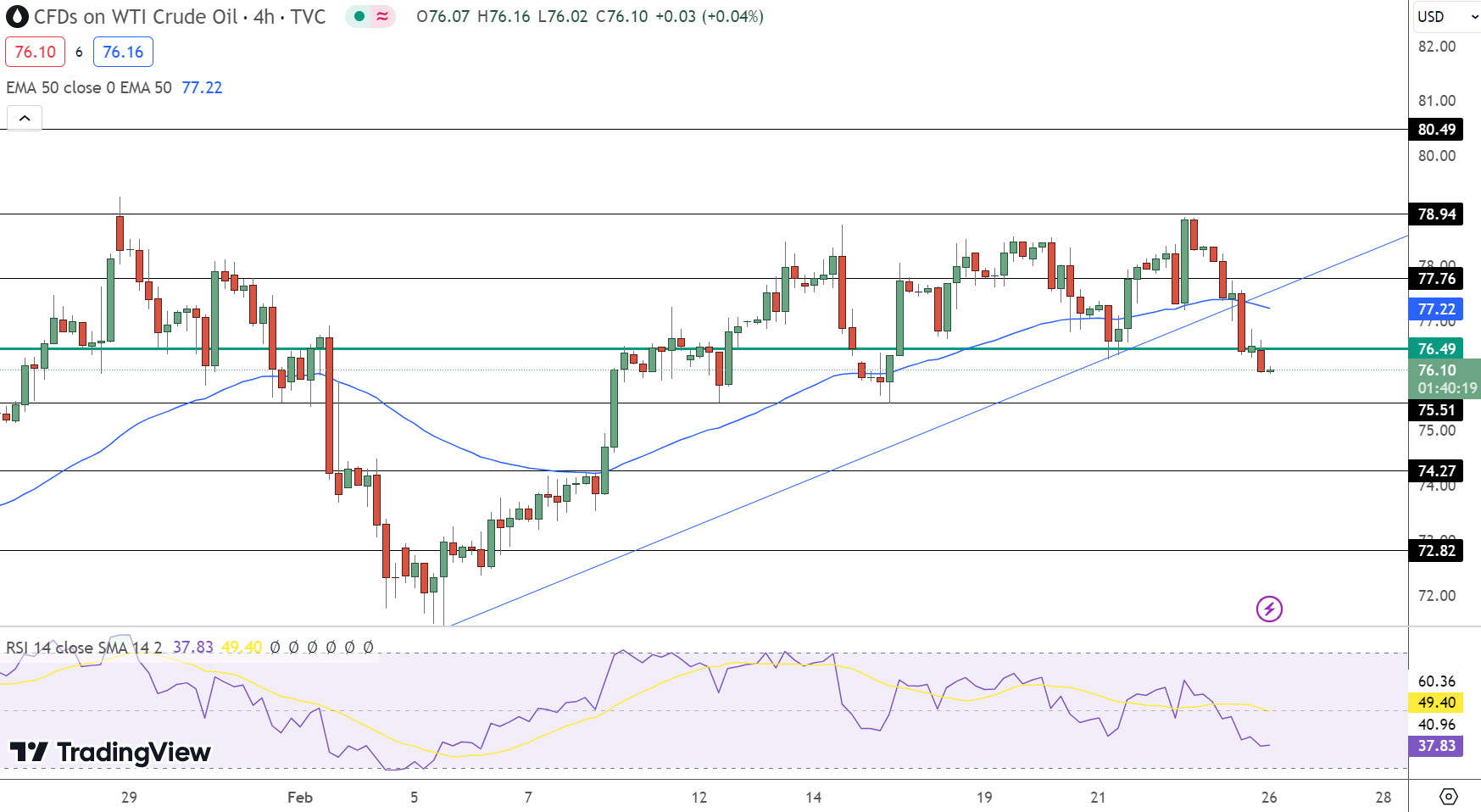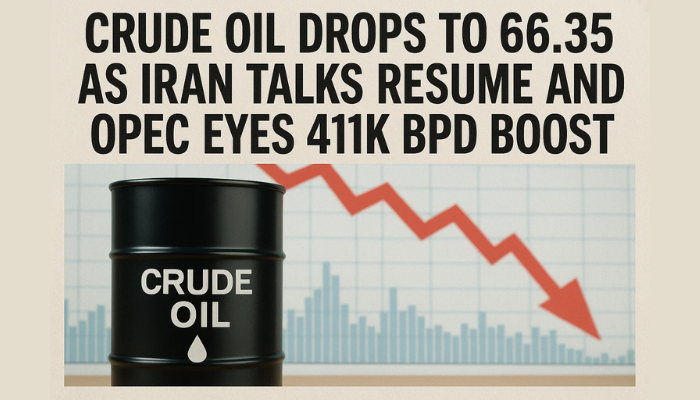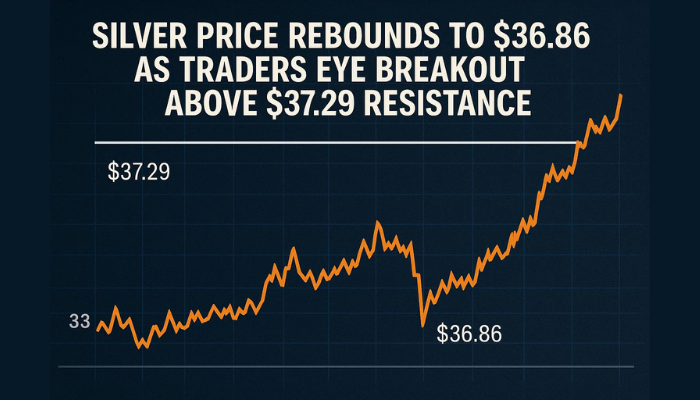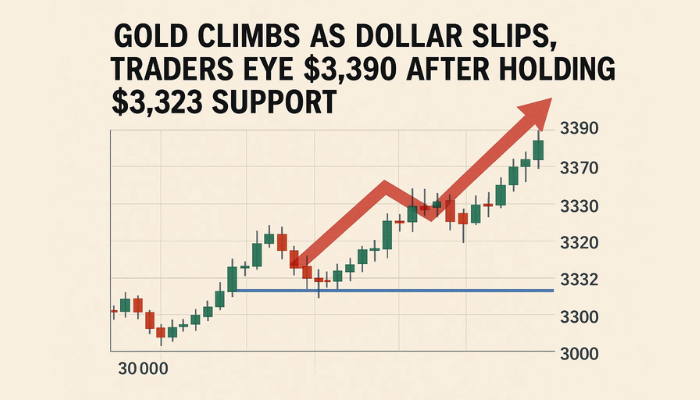Crude Oil Dips to $76.08 Amid Speculation of Extended OPEC+ Cuts and US Data
Crude oil experienced a continuation of its recent decline, with Brent crude adjusting towards $81 per barrel after a 2% decrease

Crude oil experienced a continuation of its recent decline, with Brent crude adjusting towards $81 per barrel after a 2% decrease the previous week, while West Texas Intermediate maintained a stance above $76. This week’s focus shifts to International Energy Week in London, a pivotal industry event, alongside critical U.S. inflation figures that will influence Federal Reserve rate decisions, thereby affecting energy consumption and the trajectory of the dollar.

Market Dynamics and Crude’s Narrow Trading Range
Crude oil’s trading has been relatively restrained, fluctuating within a $3 range, as geopolitical unrest in the Middle East and OPEC+ supply restrictions balance against increased output from non-OPEC members, including the United States. Expectations lean towards OPEC+ maintaining their production cuts into the forthcoming quarter, a stance anticipated to be confirmed in their upcoming meeting.
Goldman Sachs analysts project that OPEC+ will uphold these reductions through the second quarter of 2024, suggesting a cautious and incremental relaxation of these cutbacks as the year progresses. Consequently, oil prices are predicted to hover between $70 and $90, encapsulating the current market sentiment.
Demand Prospects and Market Indicators
Optimism for oil demand is budding, particularly from China, where a resurgence in travel following the Lunar New Year has sparked speculation of a robust recovery in oil consumption. Chinese refineries are actively acquiring international cargoes post-holiday, signaling a reviving demand, complemented by increased March deliveries from Saudi Arabia.
Furthermore, market indicators such as the maintenance of a bullish backwardation in timespreads and the strengthening of physical crude prices in the U.S. suggest a healthy demand for American oil varieties. This preference is partly driven by attempts to circumvent disruptions in Red Sea shipments, highlighting the nuanced interplay of global supply chains and geopolitical factors on oil markets.
Crude Oil Technical Outlook

- Check out our free forex signals
- Follow the top economic events on FX Leaders economic calendar
- Trade better, discover more Forex Trading Strategies
- Open a FREE Trading Account


